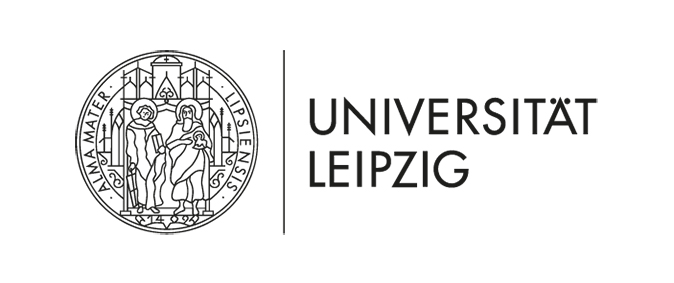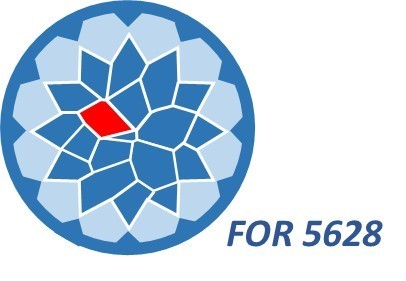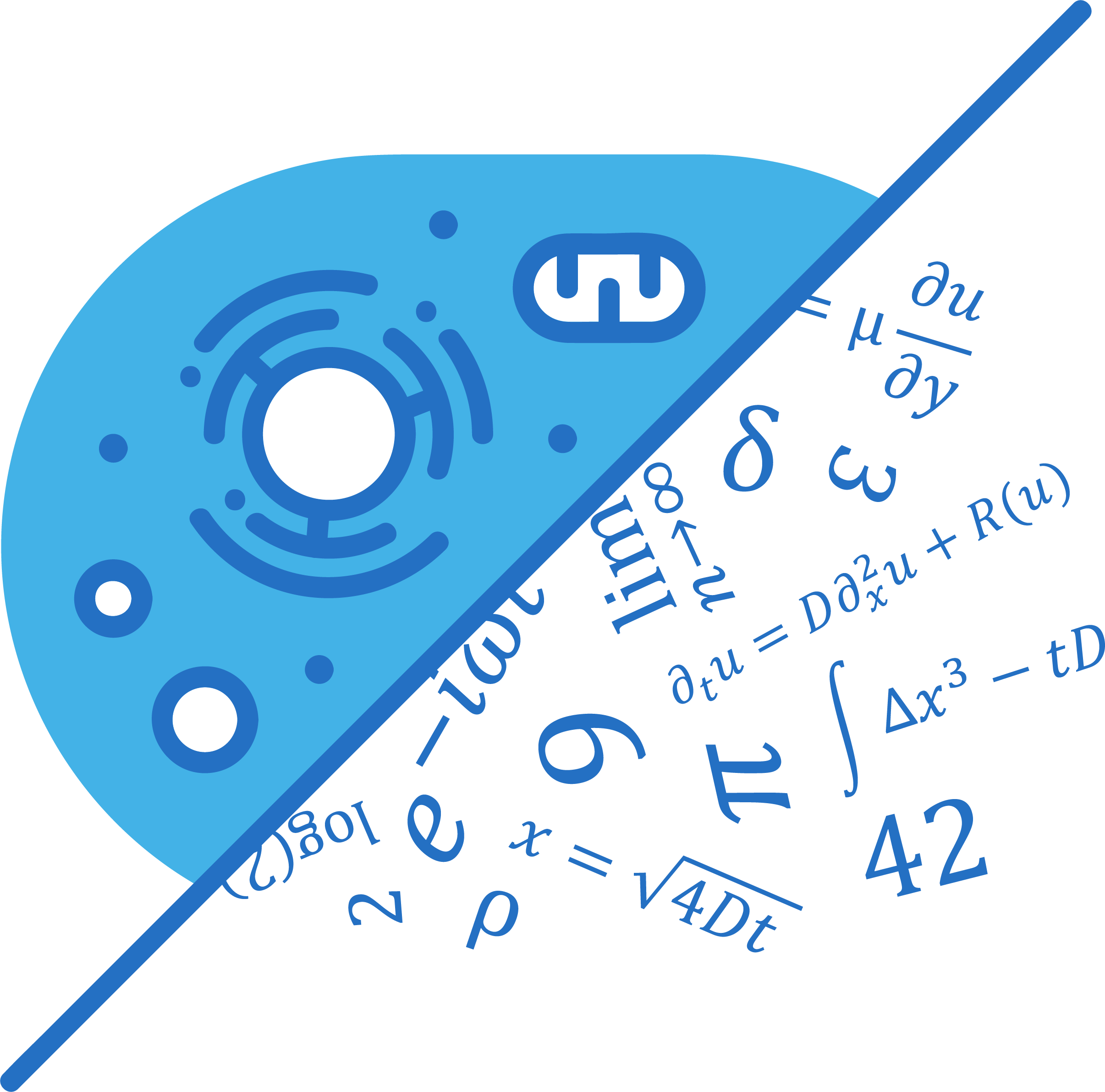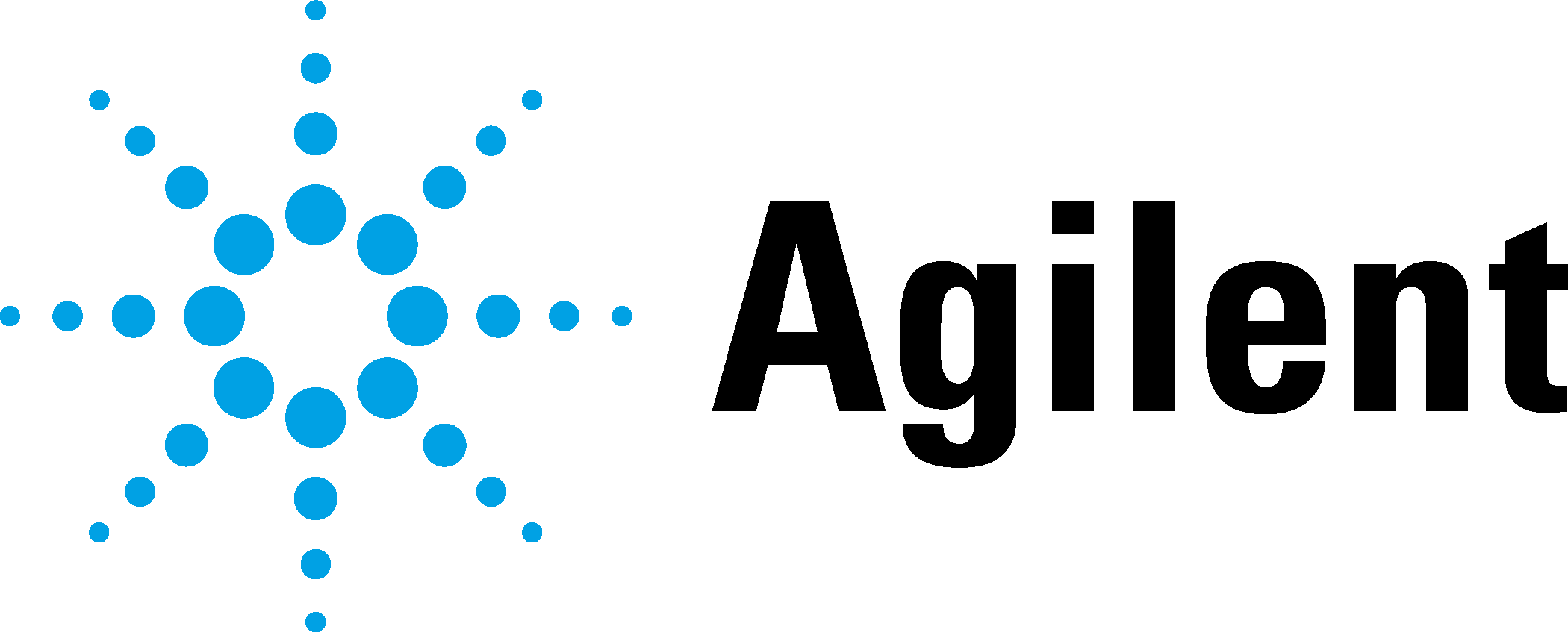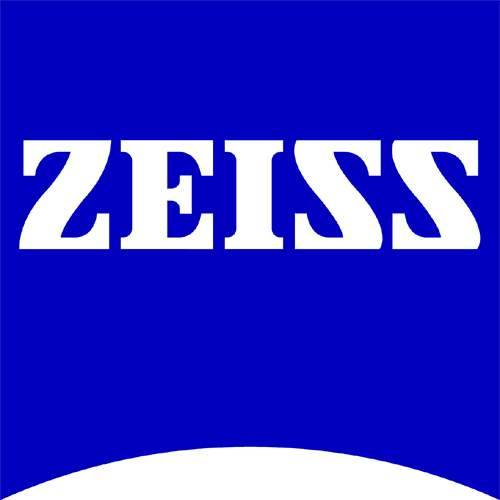|
15th Annual Symposium Physics of Cancer Leipzig, Germany Sept. 30 - Oct. 2, 2024 |
PoC - Physics of Cancer - Annual Symposium | |||||||||||||||||||||
|
|
Poster
Stiff environments promote an aberrant adhesion reinforcement
Contact: | Website
The ability of cells to sense and exert forces is fundamental to understand important biological process such as morphogenesis and wound healing, as well as diseases such as cancer and fibrosis. It is commonly assumed that the forces of the majority of cell lines increase with substrate stiffness. Here, we show that this is an artifact of culturing cells on stiff substrates. We isolated primary rat lung fibroblasts and cultured them in soft environments to measure the forces they exerted on substrates with varying stiffness. Traction forces displayed a biphasic relationship, peaking at 5 kPa, close to the physiologic stiffness of the lungs. By contrast, the forces of cells isolated on stiff substrates monotonically increased with stiffness, replicating the behavior observed in most cell lines. The biphasic relationship observed in fibroblasts cultured on soft environments was well explained by the molecular clutch model, which predicts that cells maximize their force output at a specific rigidity, often referred to as “optimal stiffness.” When the clutch model included adhesion reinforcement, it predicted the monotonic increase in forces observed in cells cultured in stiff environments. Our findings suggest that stiff conditions, such as the microenvironment of solid tumors or the tissue culture polystyrene of our culture flasks, transform cell forces by promoting an aberrant adhesion reinforcement.
|
